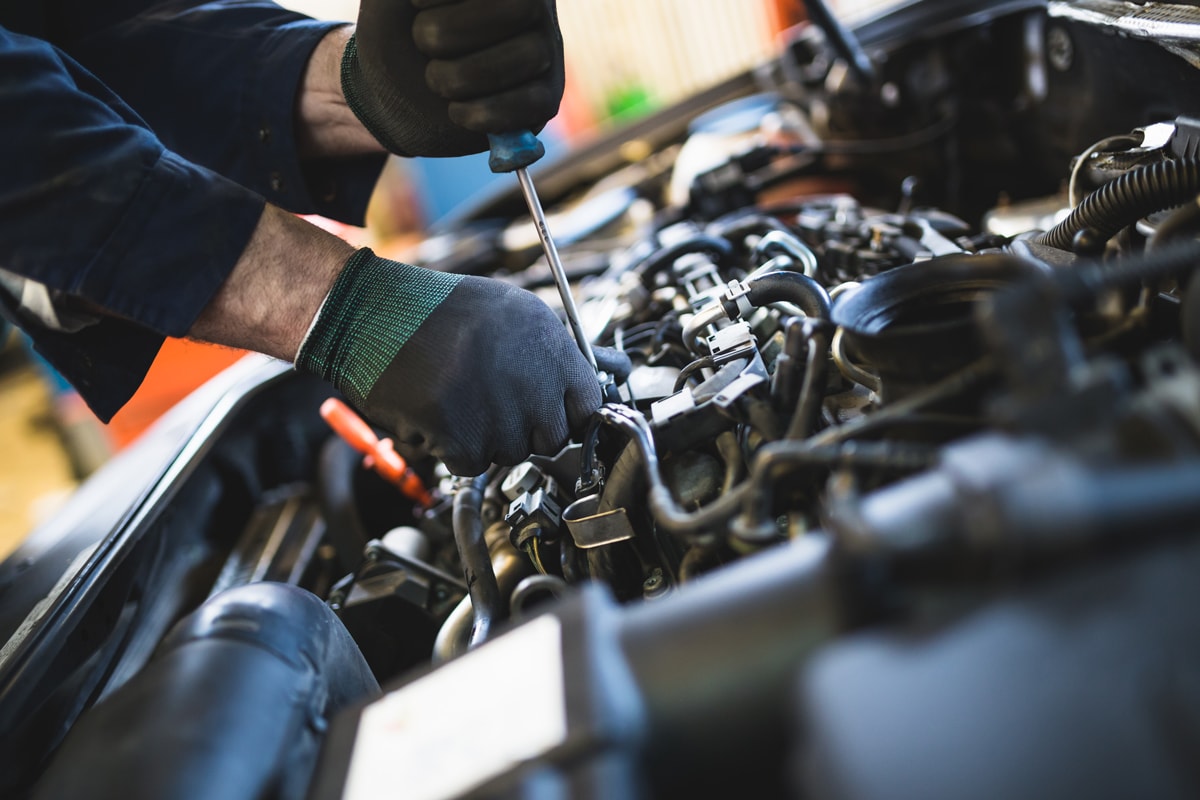All Categories
Featured
Your vehicle's suspension system is a crucial part that boosts your driving experience by giving security, convenience, and control. Here's a step-by-step guide to maintaining your suspension system in superb shape.
![]()
Leaking Liquid: Oil around the struts or shocks indicates they may require replacement. Damaged Springs: Splits or breaks in the springtimes can cause uneven lorry height. Corrosion or Deterioration: Metal parts like control arms and bushings are prone to deterioration gradually. If you observe any irregularities, have your suspension system examined by a professional mechanic.
Maintain tires blown up to the suggested stress. Revolve tires every 5,000 to 7,500 miles. Balance and line up wheels annually or after striking curbs or pockets. Irregular tire wear is a typical indication of suspension imbalance or used elements.
![]()
Conclusion. Correct maintenance of your shock absorber is crucial for guaranteeing a risk-free and comfy driving experience. By carrying out normal assessments, replacing used parts, maintaining tire care, and driving responsibly, you can maintain your suspension in peak condition. Positive treatment not only avoids costly repair services however additionally guarantees your automobile's longevity and safety and security for every single trip.
- Understand the Value of the Suspension System. The suspension system soaks up shocks from uneven roadways, sustains the vehicle's weight, and keeps the tires strongly in contact with the road. It consists of shocks, shows off, springs, control arms, and bushings, every one of which work with each other to make certain a secure and smooth ride. Recognizing its relevance is the first step towards correct treatment.
- Conduct Regular Visual Assessments. Regular visual checks can aid determine possible problems early. Seek:

Leaking Liquid: Oil around the struts or shocks indicates they may require replacement. Damaged Springs: Splits or breaks in the springtimes can cause uneven lorry height. Corrosion or Deterioration: Metal parts like control arms and bushings are prone to deterioration gradually. If you observe any irregularities, have your suspension system examined by a professional mechanic.
- Address Uncommon Sounds and Signs And Symptoms. Unusual noises, such as creaking, squeaking, or clunking, commonly signal suspension issues. A bouncy trip, problem guiding, or the lorry drawing to one side indicates that a suspension element may require attention. Do not ignore these indications; early discovery can avoid additional damages.
- Maintain Correct Tire Treatment. Tires and suspension collaborate to deliver a smooth ride. To minimize tension on your suspension system:
Maintain tires blown up to the suggested stress. Revolve tires every 5,000 to 7,500 miles. Balance and line up wheels annually or after striking curbs or pockets. Irregular tire wear is a typical indication of suspension imbalance or used elements.
- Replace Worn-Out Parts on schedule. Suspension parts like shocks, struts, and bushings wear over time. Producers commonly suggest replacing shocks and struts every 50,000 to 100,000 miles, depending upon driving conditions. Delaying substitute can endanger handling, safety and security, and overall car performance.

- Stay Clear Of Overloading Your Vehicle. Surpassing your vehicle's weight capability puts extreme strain on the suspension system. This can result in faster tear and put on on components like springtimes and shocks. Constantly inspect your owner's manual for weight limitations and stay clear of overloading.
- Drive Responsibly. Aggressive driving practices, such as speeding over splits, taking corners also quickly, or frequently driving on harsh roadways, can harm your suspension. Practice mindful driving to minimize wear and extend the life-span of your shock absorber.
- Schedule Expert Evaluations. Regular specialist evaluations are crucial for identifying hidden problems and making certain ideal performance. Auto mechanics can find troubles that aren't visible throughout a DIY check, such as worn ball joints or control arm damages.
Conclusion. Correct maintenance of your shock absorber is crucial for guaranteeing a risk-free and comfy driving experience. By carrying out normal assessments, replacing used parts, maintaining tire care, and driving responsibly, you can maintain your suspension in peak condition. Positive treatment not only avoids costly repair services however additionally guarantees your automobile's longevity and safety and security for every single trip.
Latest Posts
Explore Save Big on Car Maintenance with Montclare Auto Repair’s Special Deals
Published en
1 min read
Find Oil Changes & More: Full Repair Options from Montclare Auto Repair
Published en
1 min read
Why Chicago Drivers Choose Montclare Auto Repair for Trusted Service and Big Savings
Published en
1 min read
More
Latest Posts
Explore Save Big on Car Maintenance with Montclare Auto Repair’s Special Deals
Published May 30, 25
1 min read
Find Oil Changes & More: Full Repair Options from Montclare Auto Repair
Published May 28, 25
1 min read
Why Chicago Drivers Choose Montclare Auto Repair for Trusted Service and Big Savings
Published May 27, 25
1 min read